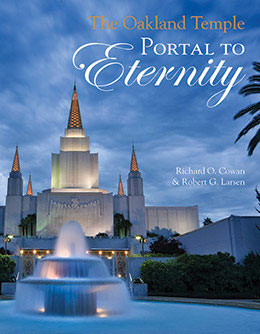Preface
Richard O. Cowan and Robert G. Larson, The Oakland Temple: Portal to Eternity (Provo, UT: Religious Studies Center; Salt Lake City: Deseret Book, 2014), IX–XII.
The Latter-day Saint temple in Oakland, California, celebrated its jubilee or fiftieth anniversary in November 2014. Because it has played an important role in the culture of the Bay Area, and because its rich history elucidates facets of broader Latter-day Saint developments, the authors were prompted to offer this work as part of the commemoration of the temple’s anniversary.
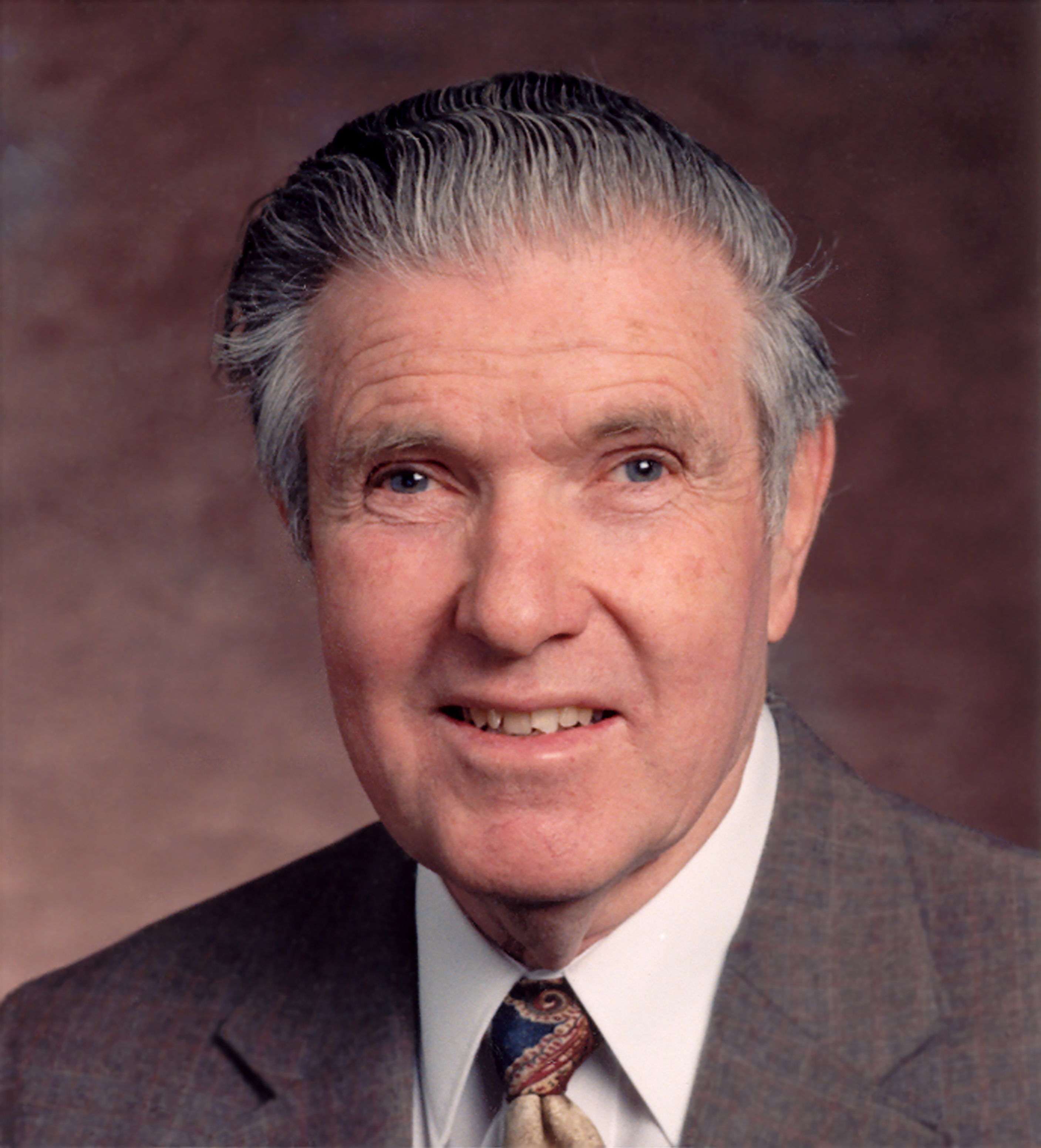 Top: Author Richard O. Cowan. Courtesy of Richard O. Cowan. Bottom: Author Robert G. Larsen. Courtesy of Sharyn Larsen.
Top: Author Richard O. Cowan. Courtesy of Richard O. Cowan. Bottom: Author Robert G. Larsen. Courtesy of Sharyn Larsen.
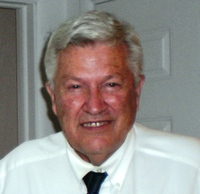
The two authors bring significant but different backgrounds to this project. After earning his doctorate in history at Stanford University in 1961, Richard O. Cowan taught Church history at Brigham Young University for over fifty years. His research focus has been on Latter-day Saint history during the twentieth century. He has authored more than a dozen books related to this topic, including two about Mormon temples, and also California Saints, which traces Mormon history in the Golden State. Robert G. Larsen earned two master’s degrees, one in psychology from the University of California at Berkeley and the other in public administration from California State University at Hayward. A long-time resident in the East Bay, his career was in county government. Over the years, he had a keen interest in collecting and analyzing Latter-day Saint history in the area. Therefore, his contributions form an important part of this volume. Unfortunately, he passed away in August 2013.
Many individuals made significant contributions to the construction of the Oakland Temple. Eugene Hilton was the stake president whose persistence led to the Church’s acquiring Temple Hill. Harold Burton was the Church architect who designed the building. W. Glen Harmon played a key role in building the Interstake Center that preceded the temple on the hill. Arthur Price was the Church’s representative who faithfully monitored the quality of the temple’s construction. Two other individuals also deserve special acknowledgment: Jack Wheatley was the on-site contractor whose experience and expertise enabled him to lead the team actually building the temple, and O. Leslie Stone served as president of the Oakland-Berkeley Stake during the course of the temple’s construction, chaired the Oakland Temple fund-raising efforts, and coordinated arrangements for the open house and dedication. The extensive accomplishments of Jack Wheatley and O. Leslie Stone will be evident in the events chronicled in this work.
The authors have been excited and moved by events related to the construction and operation of the Oakland Temple. They have regarded it as a distinct privilege to be involved in sharing this story. Without the support of their wives, Dawn Cowan and Sharyn Larsen, this work would not have been possible.
Numerous photographs make an important contribution to this work. Various early views, taken by now unknown photographers, were collected by Robert Larsen. Bart Christianson, who served with his wife as a missionary at the Oakland Temple Visitors’ Center, contributed a number of pictures. Where the identity of the photographer is known, appropriate credit is given.
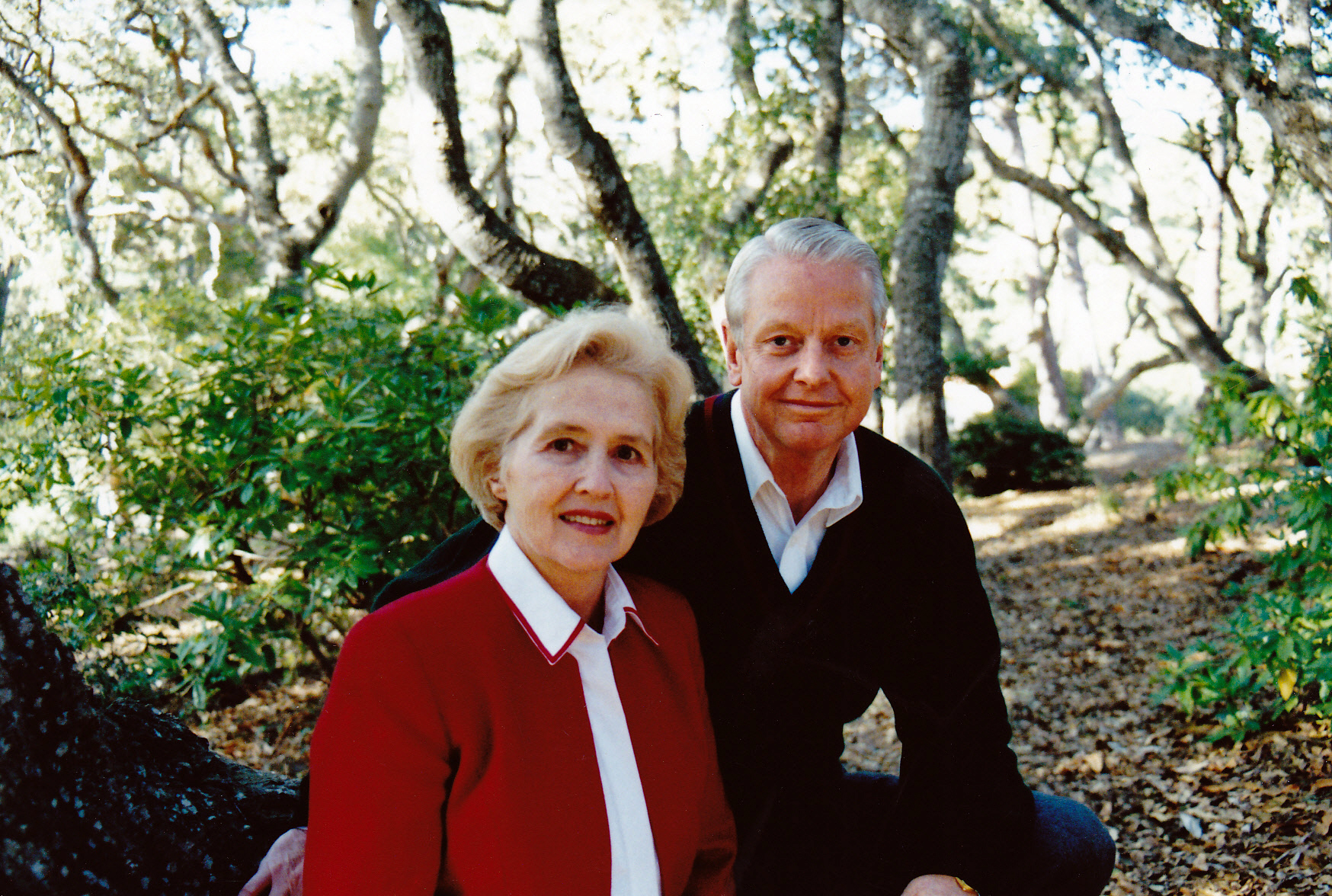 Top: Mary Lois and Jack Wheatley. Courtesy of Jack Wheatley. Bottom: Dorothy Cobbley and O. Leslie Stone. Courtesy of Thomas R. Stone
Top: Mary Lois and Jack Wheatley. Courtesy of Jack Wheatley. Bottom: Dorothy Cobbley and O. Leslie Stone. Courtesy of Thomas R. Stone
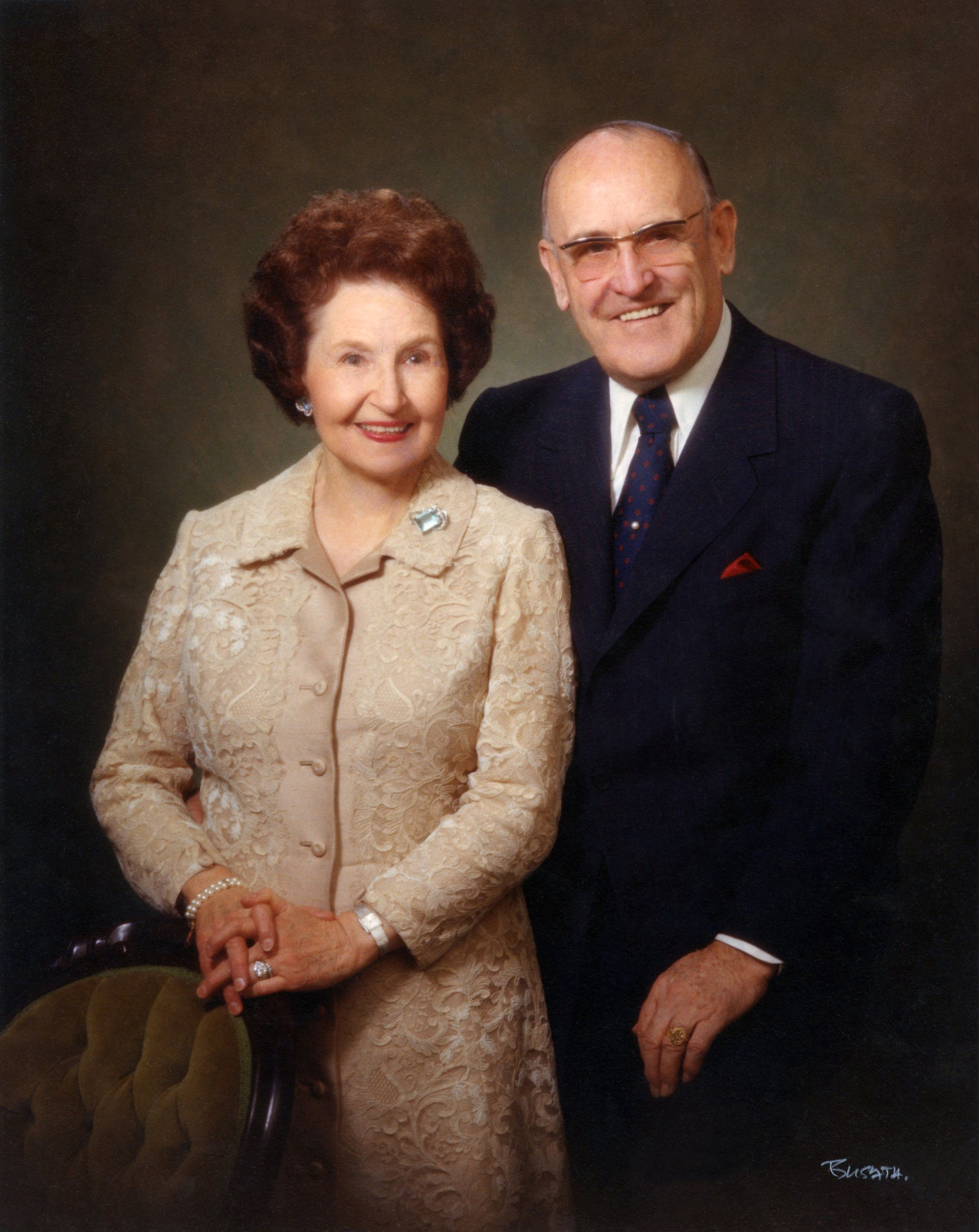
The authors are particularly indebted to three professional photographers—Matt Granz, Hugh Harline, and Marci Williams—who graciously have made available beautiful and significant images from their collections, taking some photographs specifically for this book. The cover, for example, uses a striking photograph of the Oakland Temple at dusk as recorded by Matt Granz. Because this book is being published on a nonprofit basis, the authors receive no royalties. In like spirit, these photographers have made their high-quality images available at no cost, even though they normally depend on photography for their livelihoods.
Others have made important contributions as well. Thomas Wayment, publications director at Brigham Young University’s Religious Studies Center, has provided counsel and encouragement regarding this project. Devan Jensen, executive editor at the RSC, kindly answered repeated questions regarding style and form. Brent Nordgren generously provided technical assistance with illustrations. Juliana Cox is the capable graphic designer of this book. We also express thanks to RSC editing interns Austin Ballard, Shanna Clayton, Hadley Griggs, Rebecca Hamson, Rachel Ishoy, and Rebekah Weaver.
Appreciation is due to a group of Brigham Young University students who have provided important help to Richard Cowan with this project. Katrina Corbridge Hawkins has read the entire manuscript, offering helpful editorial comments. She, together with Rachelle Price and Scott Porter, have spent many hours assisting with researching, collecting, organizing, and evaluating the materials used in this work. Without their help, this project could not have been accomplished.
